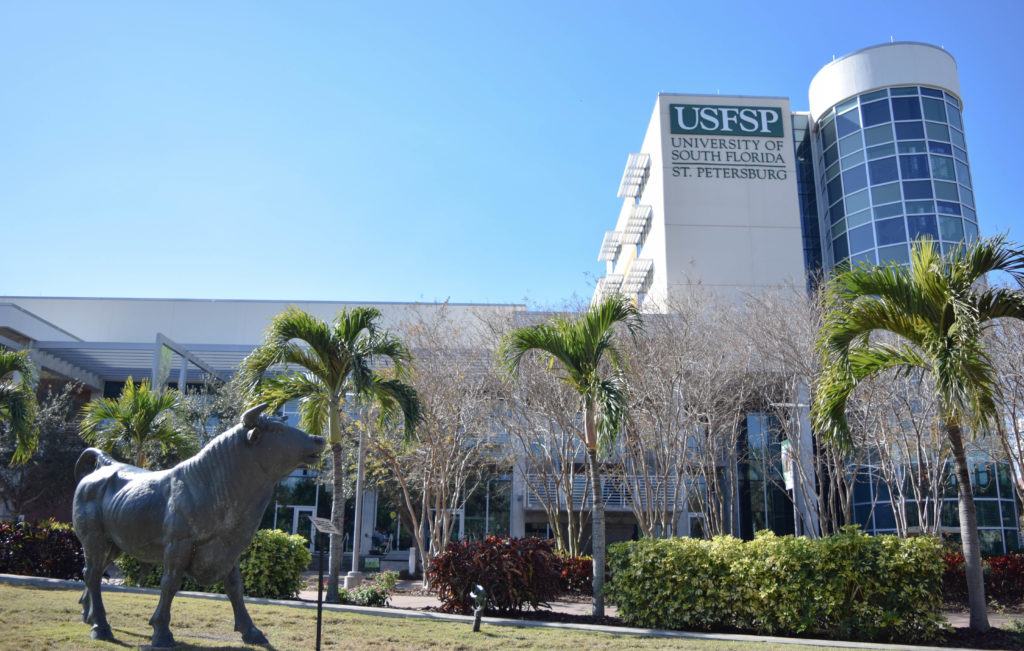The consolidation plan was labeled a “preliminary blueprint.” But when USF system President Steve Currall unveiled it last week, campus veterans heard echoes of an unhappy yesteryear, when St. Petersburg was an often-neglected outpost. “This is the darkest moment in the history of the campus,” said longtime professor Ray Arsenault. As concern and confusion reigned, allies of the campus rallied to its defense.

By Crow’s Nest Staff
What’s in the plan?
USF system President Steve Currall said his tentative plan would give the entire Tampa Bay area a “top 50 national, preeminent university with world-class talent, academic and research programs” on all three campuses.
But critics called it a crude power play by the Tampa campus.
What’s in the plan for St. Petersburg? It’s vague in places, but here are some highlights:
The campus
After winning separate accreditation in 2006, the campus grew in size and prestige while maintaining a small-college atmosphere.
The Currall plan pledges to maintain the small campus mojo while adding the advantages of a large, top-tier research university.
But the plan pointedly declines to give St. Petersburg status as a full branch campus.
Would prestigious faculty and talented, ambitious students really want to come here? Would St. Petersburg really get some “centers of excellence,” as Currall suggested? Would the campus’ business partners and benefactors still embrace it with the same ardor?
The chancellor
Martin Tadlock would get a “refreshed role” and a longer title – regional chancellor and vice president. But his duties would be dramatically curtailed.
Control of St. Petersburg’s academics and student affairs would move to Tampa, leaving Tadlock to oversee non-academic personnel, fundraising and community relations.
That change of assignment “turns Martin into a glorified development officer,” said faculty leader Ray Arsenault.
Students
“Students first,” says the plan, which promises “expanding access and raising educational attainment.”
Students who come to St. Petersburg would get seamless access to academic programs on all three campuses and an expanding range of “student organizations, clubs and athletic opportunities.” And they would graduate from “a top-rated Preeminent university that is poised for even greater prestige and visibility.”
But uncertainty abounds. There would be a single Student Government, not three. The student newspapers in St. Petersburg and Tampa would explore abandoning their print products in favor of a single, fully online publication. And what would happen to student fees, which vary according to campus?
Faculty
St. Petersburg’s corps of professors would enjoy the “opportunities, support and performance expectations” that Tampa faculty already have.
The university system would build “an ‘on-ramp’ to support faculty success in scholarship, research and creative productivity consistent with a Preeminent university on all campuses.”
But if control of academics is moved to Tampa, would most decisions on hiring, promotion, tenure and curriculum be made by deans and administrators there?
Would that really improve things for St. Petersburg faculty? In a possible foreshadowing of things to come, many St. Petersburg professors spent countless hours in the consolidation planning process, only to see their input seemingly ignored.



